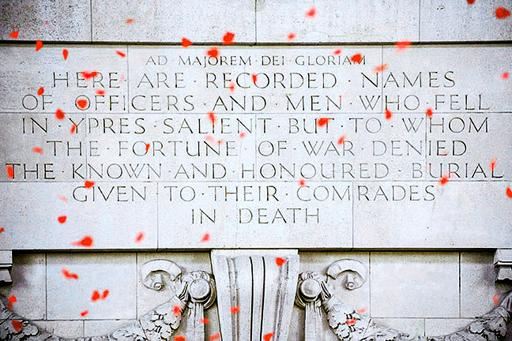1.3 Week 1 summary

You’ve now encountered some of the physical and mental trauma suffered by those who fought in the First World War, and have also considered the overall casualty rates for some of the main combatant nations.
It is certainly worth remembering that while the numbers of dead are shocking and deplorable, and we rightly remember them even today, we should also remember the many more who were casualties of this war, but who survived the slaughter. Indeed, Dr Bamji’s plea (in the first video you watched) to consider this suffering was very compelling. There were some 20 million wounded in the First World War and for many of them, the war was not over when the armistice was declared.
But of course, the war also affected non-combatants. In next week, you’ll examine how the First World War affected civilians.
